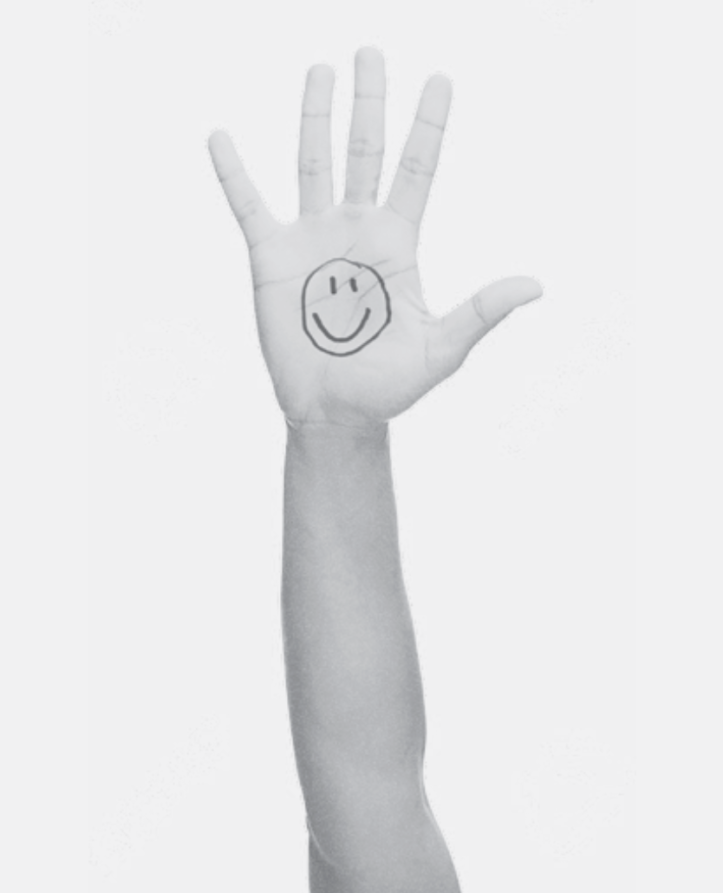Infrastructures of making
The makers of objects require stable, safe spaces to protect the tools and products of their labour, and are therefore implicated in the politics of the places they inhabit. Is there a special kind of space required for ‘cultural’ making, and does it add anything to places that manufacturing cannot? What if instead of artist’s studios we built factories?
Provocations: Katriona Beales; Richard Sennett; Anna Harding; Deborah Saunt & David Hills
Theatrum Mundi brought together three expert round tables to debate issues raised by Sadiq Khan’s plans to create a Cultural Infrastructure 2030 plan for London, asking if and how we can design the conditions for culture.
There is no doubt that this is a critical time for the future of the arts and creative industries in London. However, we must also ask questions beyond the necessity for arts spaces. What kinds of urban activities can be seen as culture, and which should be included in planning for provision? Along with cultures generating visitors and economic value, how should commercially unproductive cultures, or ones without audiences, be provided for? Beyond economics, what other benefits does cultural infrastructure bring to the city? What kinds of value are artists expected to create, and what do they get in return? What is special about spaces for culture and the conditions they create, beyond spaces for other types of production and gathering?
It has been well recognised that artists’ studios, live music venues, and so on, must be protected. In these discussions we asked artists to think more widely about the urban conditions that facilitate the development of cultures, and to ask architects and planners whether those conditions be designed. With these questions, and others, in mind, we hosted three discussions bringing makers of cultural infrastructure together with practitioners working in different forms of cultural production: performing, making, and the virtual.
